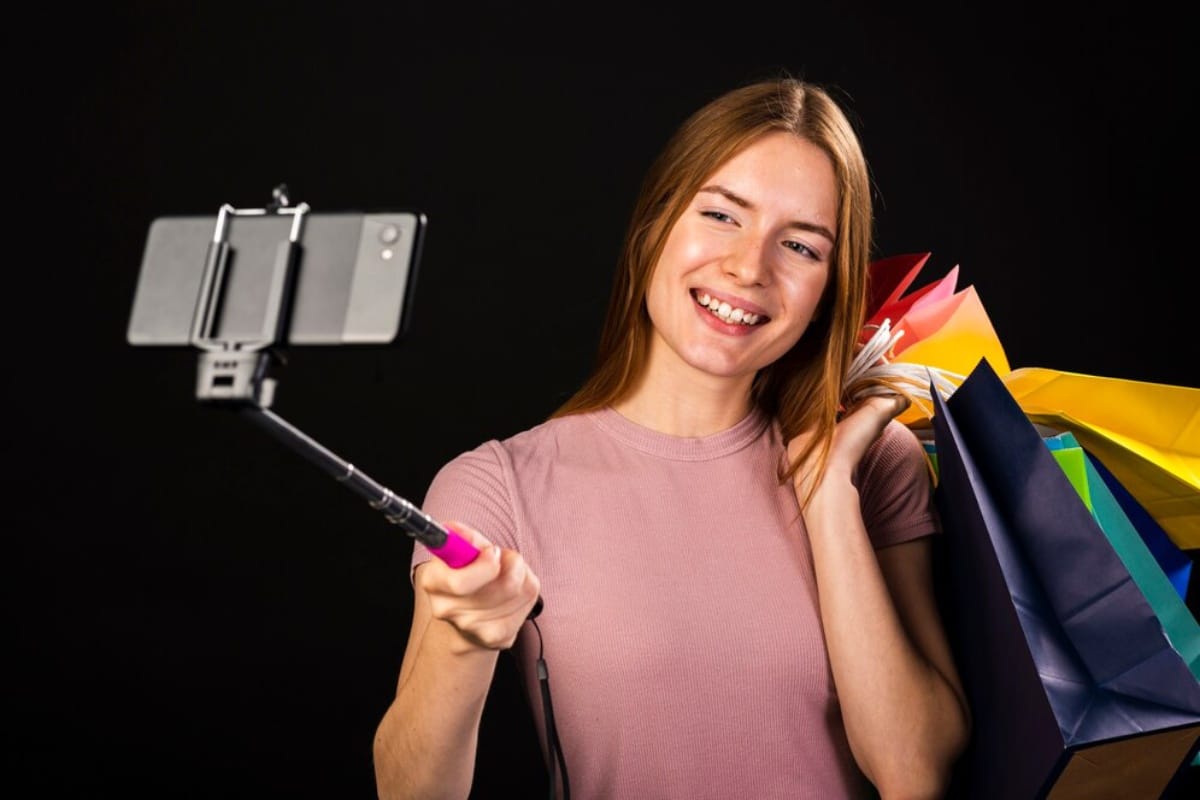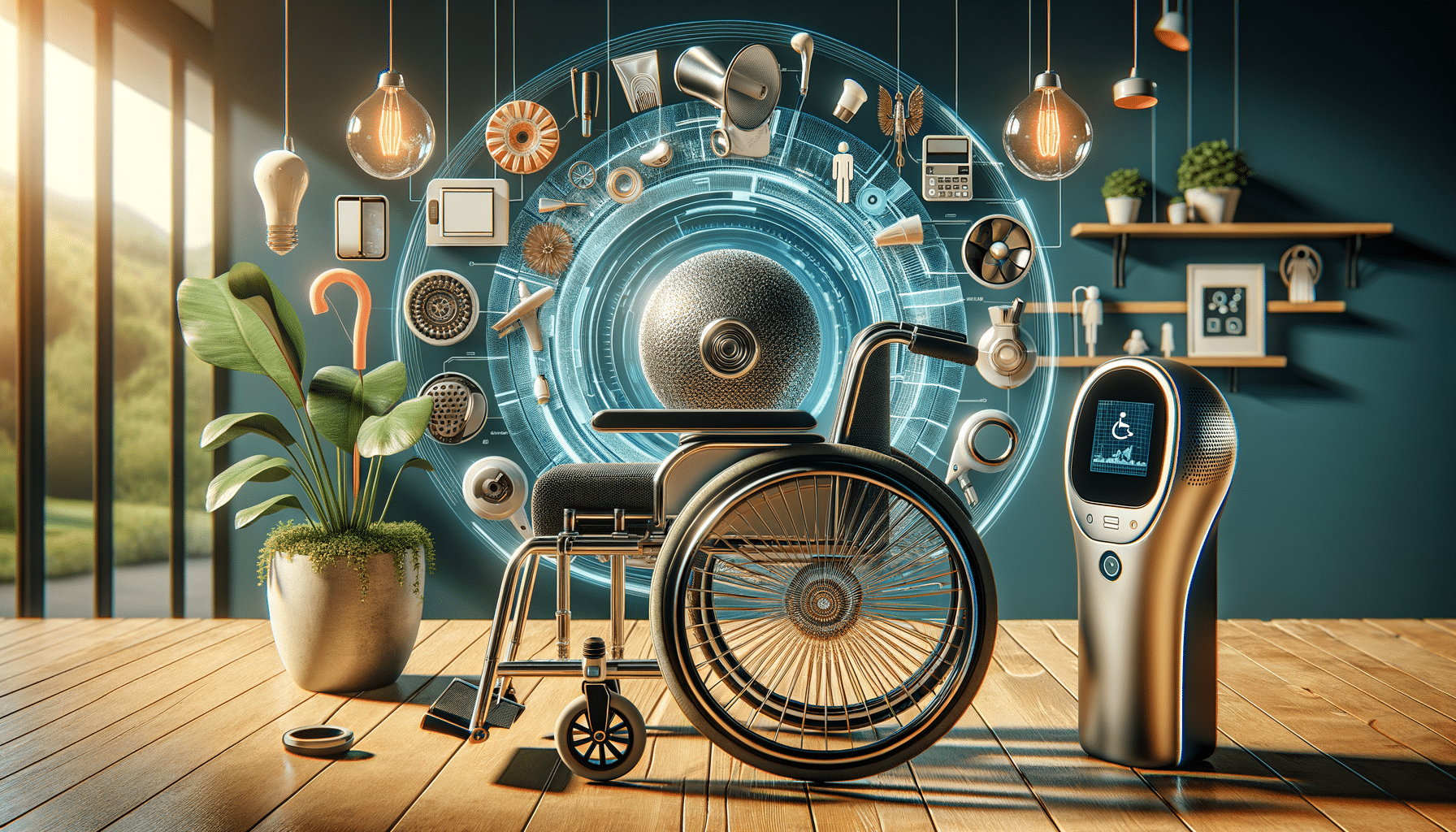
Leveraging Influencers for Retail Brand Growth
In today’s digital world, influencer marketing is key for brands. Retailers use it to reach more people and build trust with their audiences. Gone are the days when billboards and TV ads were enough. Modern consumers, especially Gen Z and Millennials, trust real people they follow online more than traditional ads.
For retail brands, this shift presents a unique opportunity. Partnering with the right influencers helps retailers reach engaged audiences. This can drive product awareness and boost sales. But it’s not just about paying someone to post a product. Successful influencer marketing requires strategy, authenticity, and alignment with brand values.
In this post, we’ll unpack how retailers can leverage influencer marketing effectively. From choosing the right influencers to setting clear goals and measuring results, we’ll walk you through every step. Whether you’re a high-street shop or an e-commerce brand, there’s something here to elevate your digital advertising game.
Why Influencer Marketing Works in Retail
Influencer marketing thrives on trust and relatability. Unlike polished advertisements, influencer content feels more organic and personalised.
Here’s why it resonates with retail audiences:
- Authenticity: Influencers build rapport with followers by sharing honest opinions, making product endorsements seem more trustworthy.
- Reach: Influencers can introduce your brand to thousands (or millions) of potential customers.
- Engagement: Followers actively engage with influencer content, leading to higher interaction rates than traditional ads.
- Niche Targeting: Micro-influencers, in particular, are ideal for targeting specific demographics or interests.
According to a 2024 Influencer Marketing Hub report, businesses earn an average of £4.87 for every £1 spent on influencer marketing. That’s a return no brand should ignore.
Types of Influencers Retailers Can Work With
Influencers aren’t one-size-fits-all. Here are the main categories to consider:
1. Mega Influencers
- Over 1 million followers
- Typically celebrities or well-known online personalities
- Great for brand awareness campaigns
2. Macro Influencers
- 100K to 1M followers
- Often content creators with strong industry niches
- Ideal for reaching broad but still targeted audiences
3. Micro Influencers
- 10K to 100K followers
- Highly engaged communities
- Known for authenticity and trustworthiness
- Often deliver better ROI for niche retail segments
4. Nano Influencers
- Under 10K followers
- Hyper-engaged audiences
- Perfect for local retail promotion and community engagement
How to Choose the Right Influencers for Your Brand
Choosing an influencer isn’t just about the number of followers. You need a good fit.
Key factors to evaluate:
- Relevance: Do they align with your brand values and aesthetics?
- Engagement rate: High engagement often beats high follower counts.
- Audience demographics: Are their followers your ideal customers?
- Content quality: Is their content professional, consistent, and aligned with your branding?
- Platform focus: Are they on Instagram, TikTok, YouTube, or a mix?
A sustainable fashion brand can team up with eco-friendly influencers. These influencers often talk about environmental issues.
Creating a Retail Influencer Marketing Strategy
Without a clear plan, influencer campaigns can become chaotic and ineffective. Here’s how to structure your retail strategy.
Step 1: Define Your Goals
What do you want to achieve?
- Increase brand awareness
- Boost website traffic
- Drive sales
- Launch a new product
- Improve brand sentiment
Set SMART goals: Specific, Measurable, Achievable, Relevant, and Time-bound.
Step 2: Know Your Audience
Define your ideal customer persona. What are their interests? Which platforms do they use? Who influences them?
Step 3: Select Influencers Thoughtfully
Don’t just chase follower numbers. Look for genuine connections between the influencer and their followers.
Step 4: Collaborate Creatively
Give influencers creative freedom. Let them present your product in a way that fits their voice. This leads to more natural, engaging content.
Step 5: Monitor and Measure Performance
Track key metrics like:
- Engagement rates (likes, comments, shares)
- Click-through rates (CTR)
- Conversion rates (sales, sign-ups)
- Cost per acquisition (CPA)
Use tools like Google Analytics or affiliate tracking software to measure ROI. You can also use platforms such as CreatorIQ.
Effective Campaign Formats for Retail Brands
Retail brands can choose from various influencer marketing formats depending on their goals:
Product Seeding
Send products to influencers in exchange for an honest review or unboxing.
Sponsored Posts
Pay influencers to create dedicated content featuring your product or store.
Giveaways & Contests
Collaborate with influencers on contests to drive engagement and followers.
Affiliate Programmes
Offer unique codes or links for influencers to share, rewarding them based on performance.
Takeovers
Let an influencer “take over” your brand’s Instagram Stories or TikTok for a day to share content with your audience.
Real-World Success Stories
Case Study 1: Glossier
Beauty brand Glossier built its empire using micro-influencers and regular customers. They built a relatable brand by encouraging everyday users to share their experiences.
Case Study 2: Gymshark
This UK fitness apparel brand grew quickly. They formed smart partnerships with fitness influencers on YouTube and Instagram. Their authenticity and consistent messaging drove strong brand loyalty.
Case Study 3: Primark
Primark teams up with fashion influencers to highlight budget-friendly outfits. This strategy boosts store visits and online mentions, all without heavy advertising costs.
Key Challenges and How to Overcome Them
Influencer marketing isn’t without its hurdles. Here’s how to tackle them:
1. Fake Followers
Solution: Use tools like HypeAuditor or Modash to vet influencer accounts.
2. Misaligned Partnerships
Solution: Conduct proper research and insist on alignment in values, tone, and audience.
3. Low ROI
Solution: Set clear KPIs upfront and use performance-based incentives (like affiliate commissions).
4. Compliance and Disclosure
Solution: Ensure influencers use proper hashtags like #ad or #gifted and adhere to ASA guidelines.
Budgeting for Influencer Campaigns

Costs vary dramatically depending on the influencer tier and content type. Here’s a rough guide:
- Nano influencers: £10–£100 per post
- Micro influencers: £100–£500 per post
- Macro influencers: £500–£5,000 per post
- Mega influencers: £5,000+ per post
Think about extra costs like video production, editing, paid media boosts, and platform fees.
Tip: Mix influencer types for broader reach and cost efficiency.
Future Trends in Influencer Marketing for Retail
Live Shopping
More influencers are hosting live shopping events on platforms like TikTok and Instagram, merging entertainment and e-commerce.
AI Influencers
Virtual influencers are gaining traction. While not human, they still command impressive followings.
Long-Term Partnerships

Brands are shifting from one-off posts to long-term collaborations for sustained engagement.
Data-Driven Campaigns
Retailers will increasingly rely on analytics to guide influencer selection and campaign strategy.
Hyper-Local Influencing
Especially important for brick-and-mortar stores, local influencers are helping drive community-based retail promotion.
Additional Tips to Maximise Results
- Create detailed influencer briefs with tone, deliverables, and timelines.
- Repurpose influencer content for your website, ads, and social media.
- Encourage user-generated content using branded hashtags.
- Test and iterate—don’t be afraid to tweak your strategy based on results.
Conclusion: Driving Retail Growth with Influencer Marketing

Influencer marketing is no longer a novelty—it’s an essential tool in the modern retail marketer’s kit. When done right, it can create strong connections with your audience. It can also increase brand awareness and lead to actual sales.
If you run a boutique store wanting local customers or an e-commerce brand seeking national reach, the right influencer marketing strategy is key.
Start small, stay authentic, and scale smart.
Want help developing your retail promotion strategy or connecting with the right influencers? Get in touch with our digital marketing experts today and let’s build your brand together!


